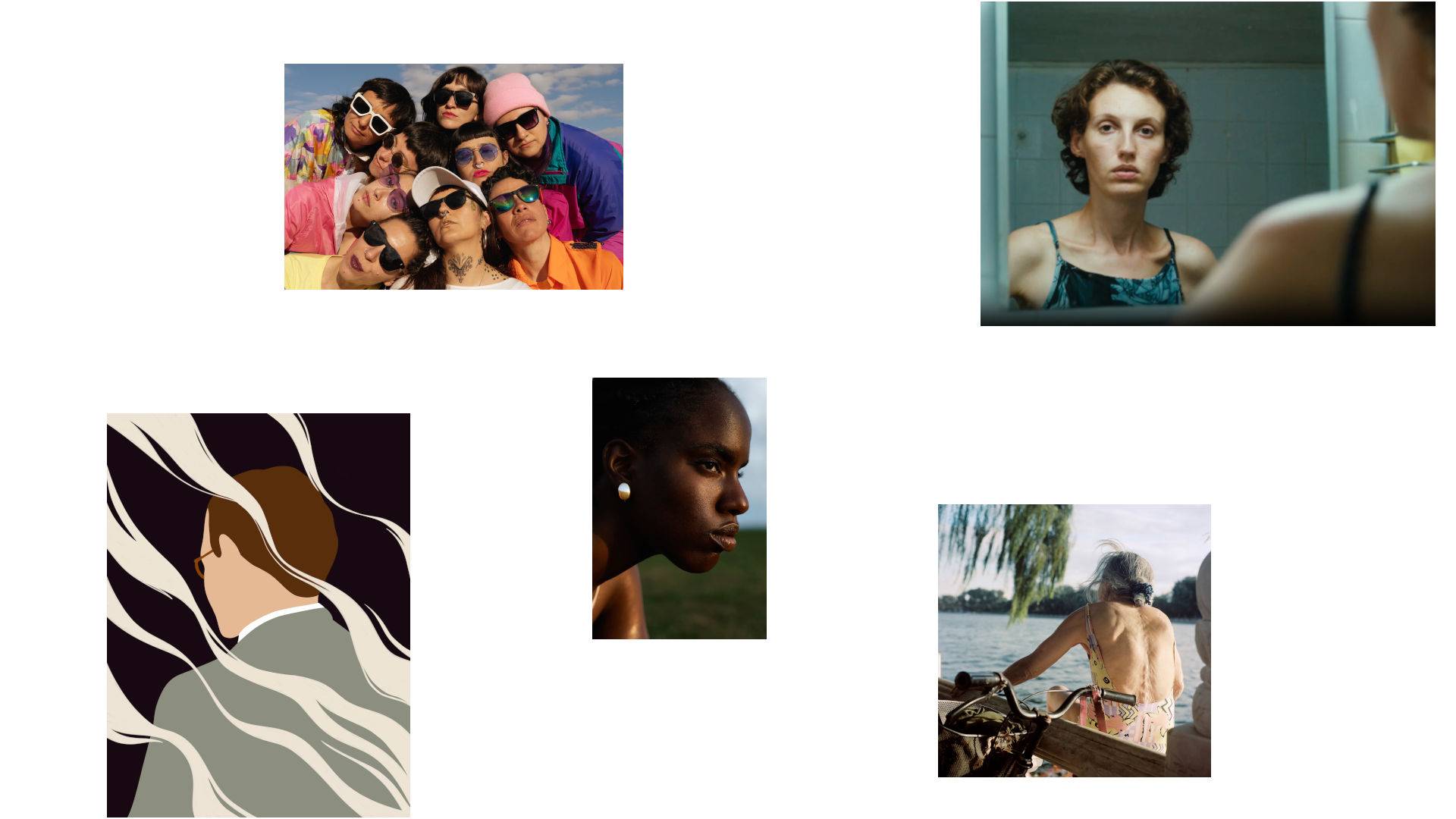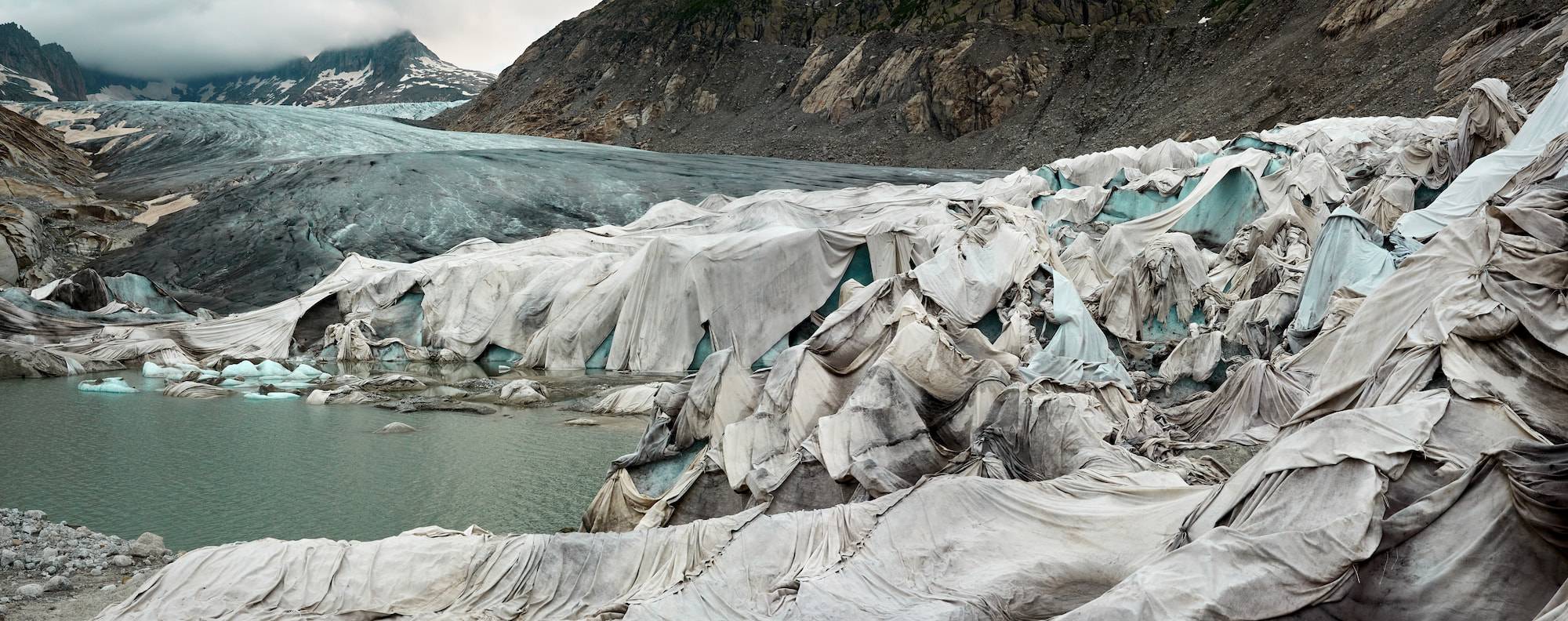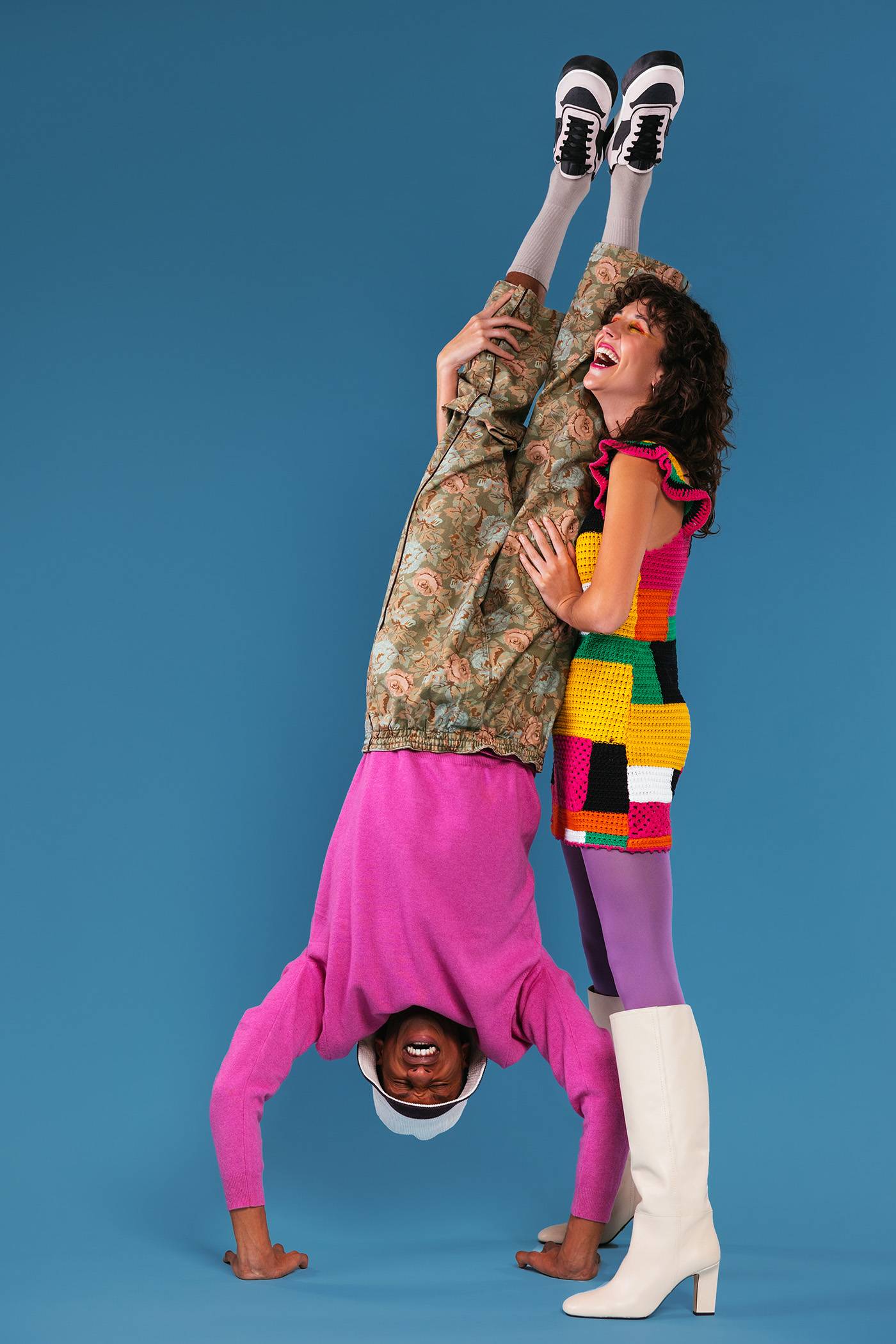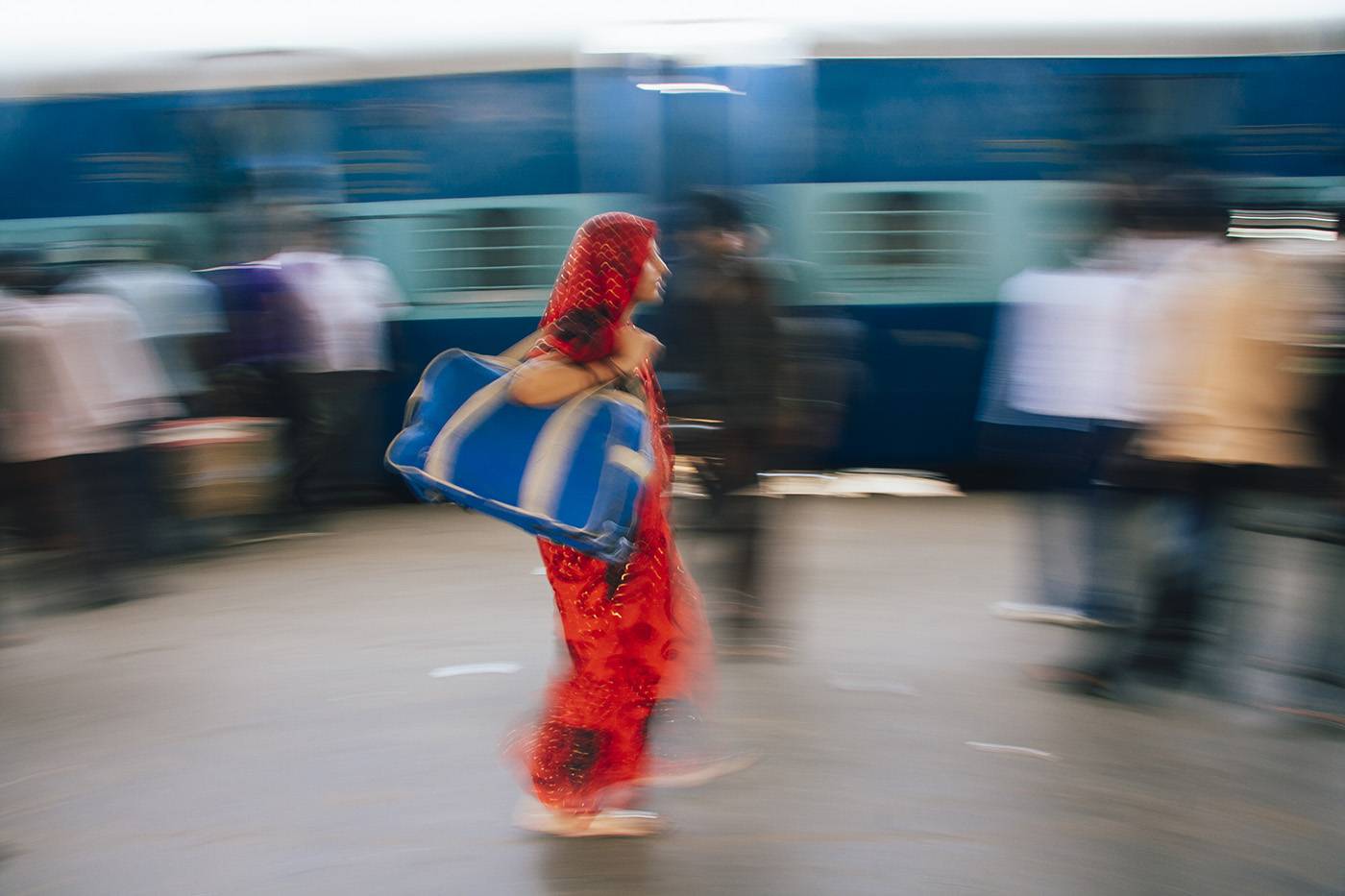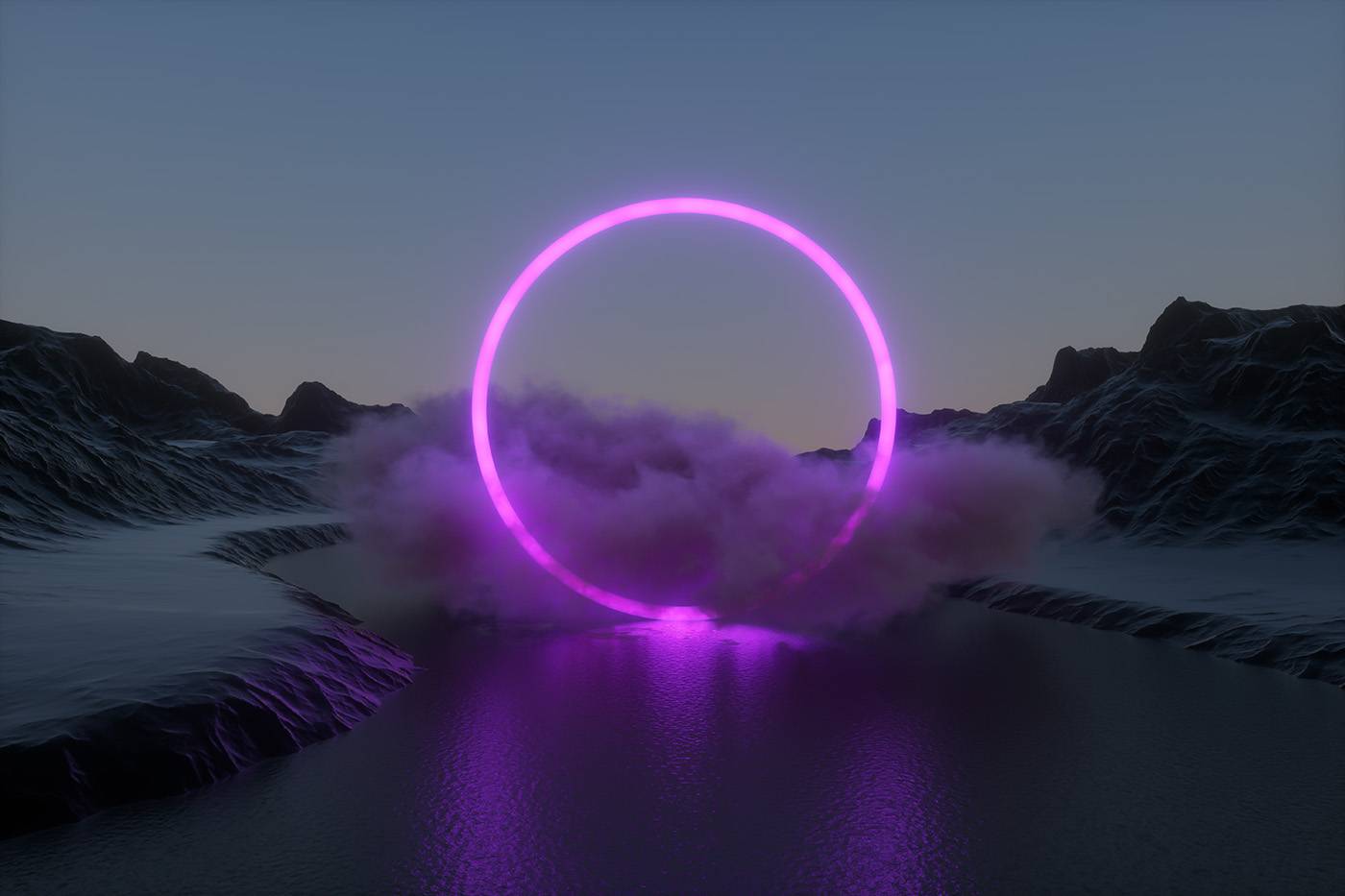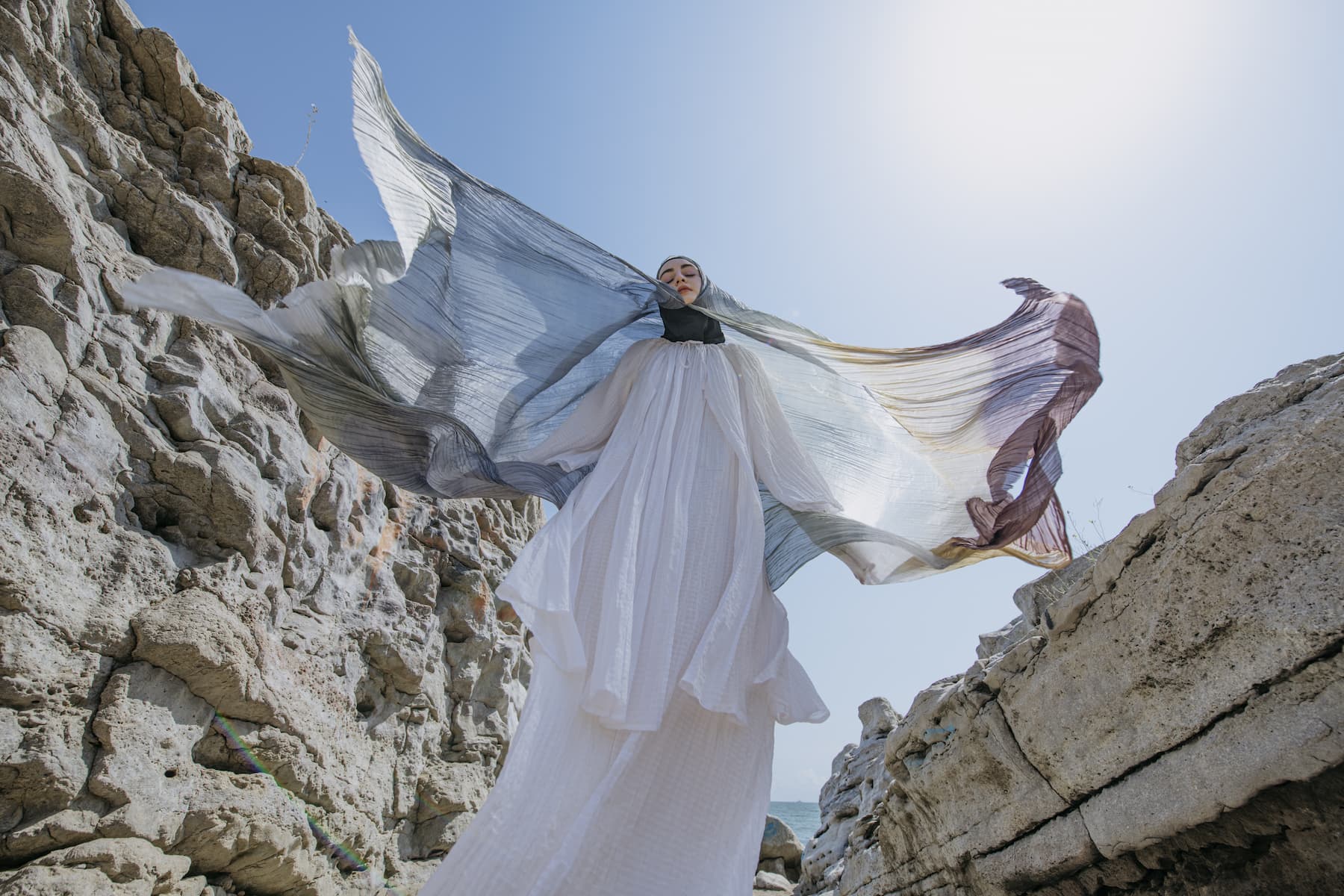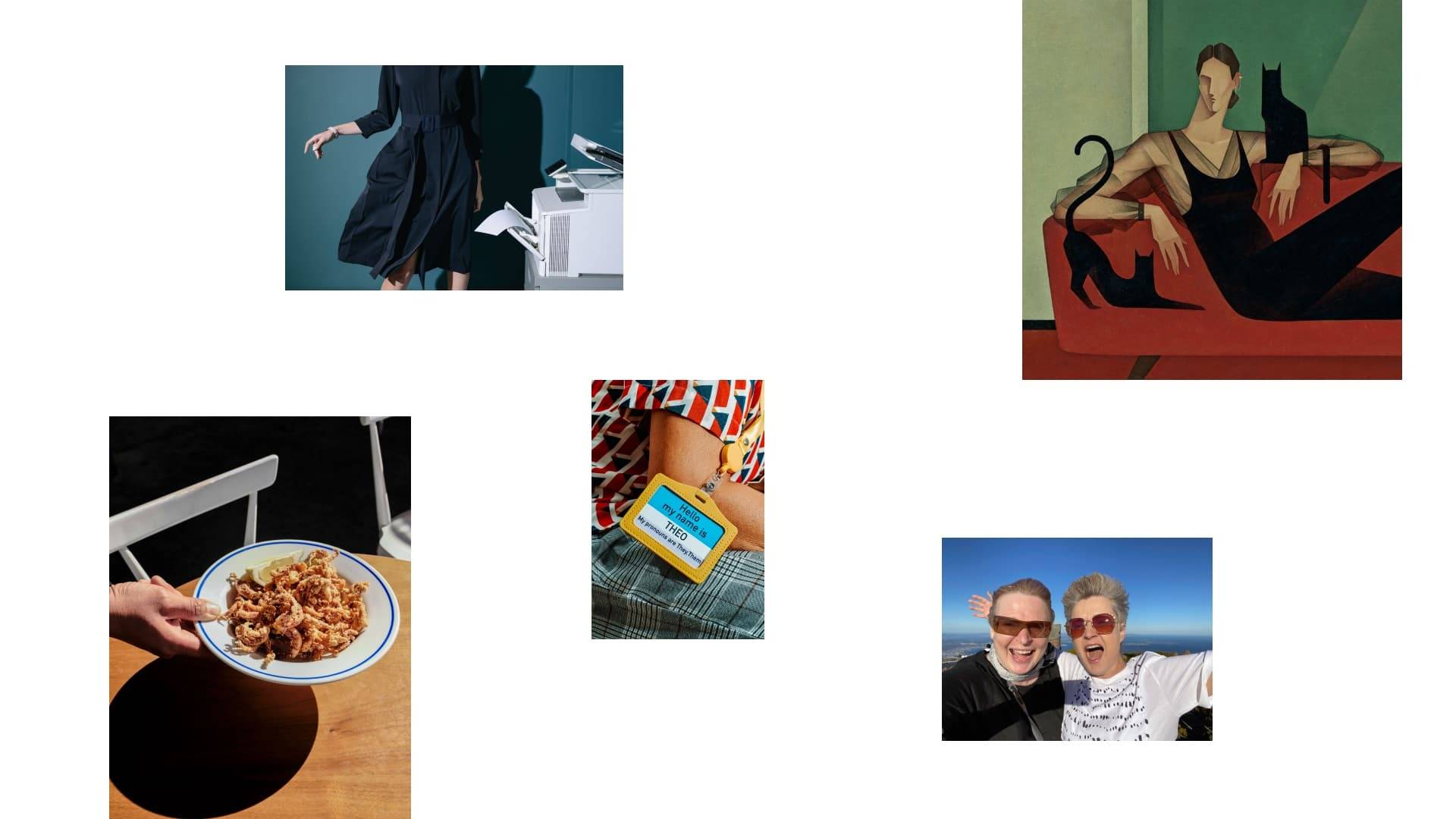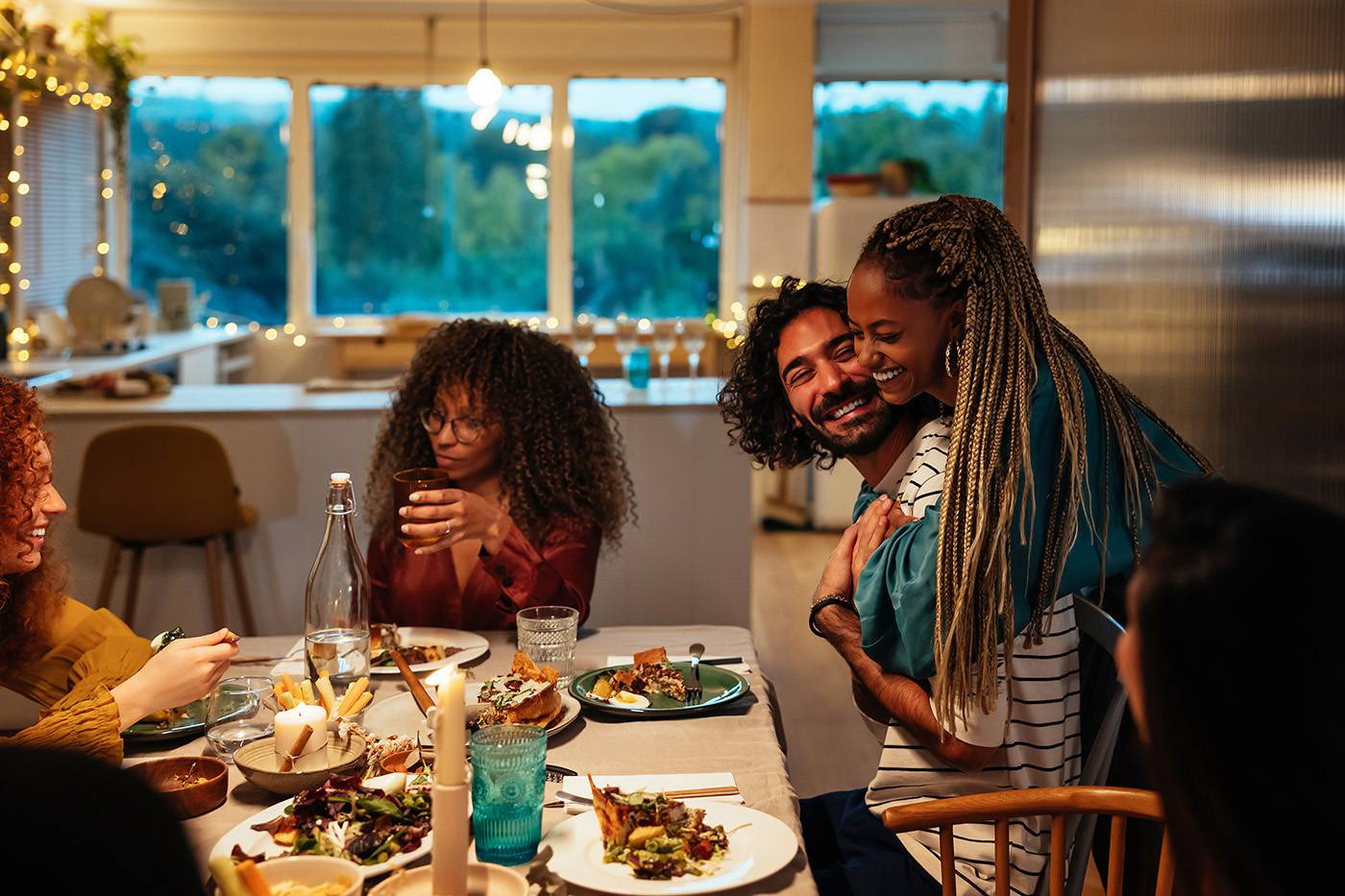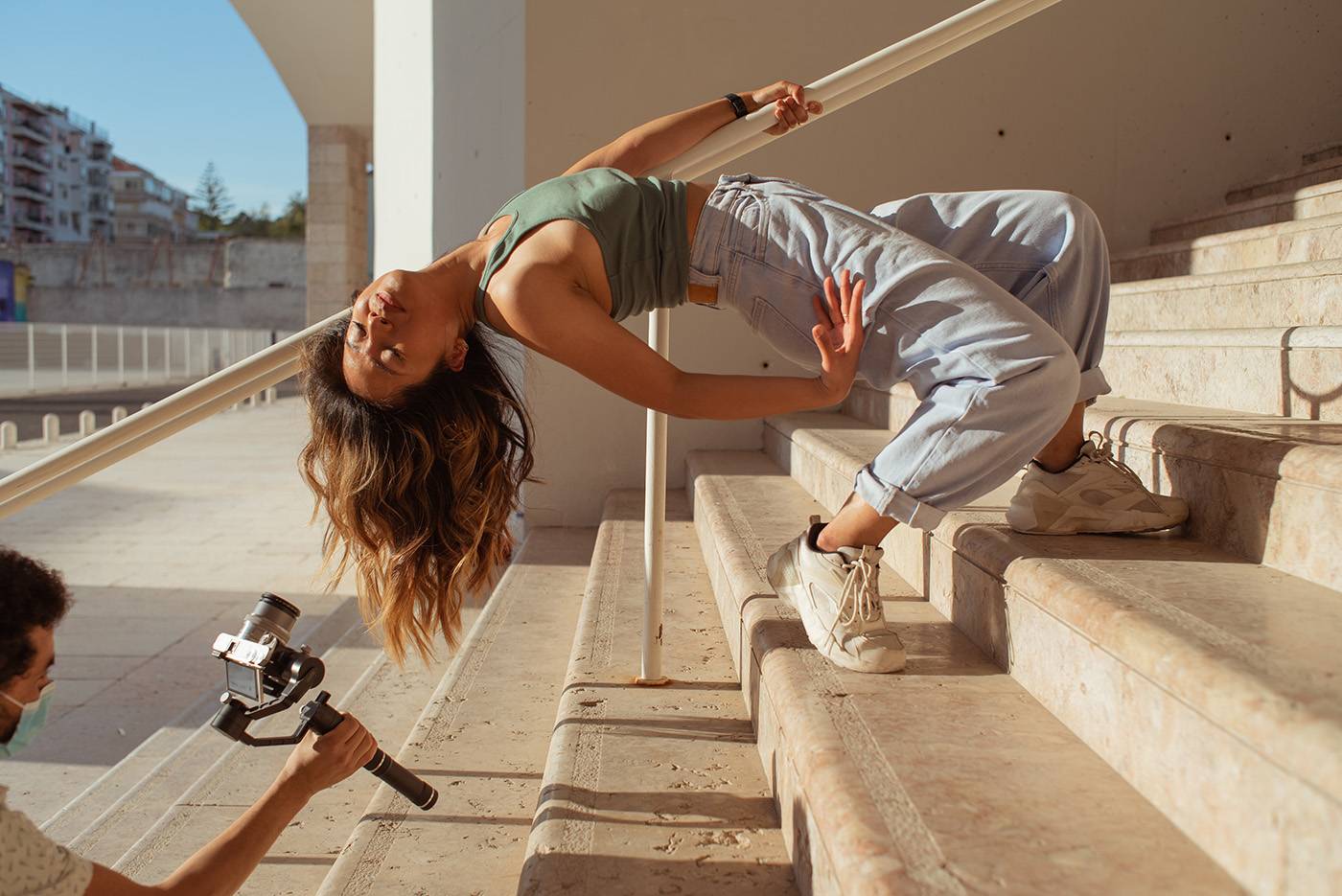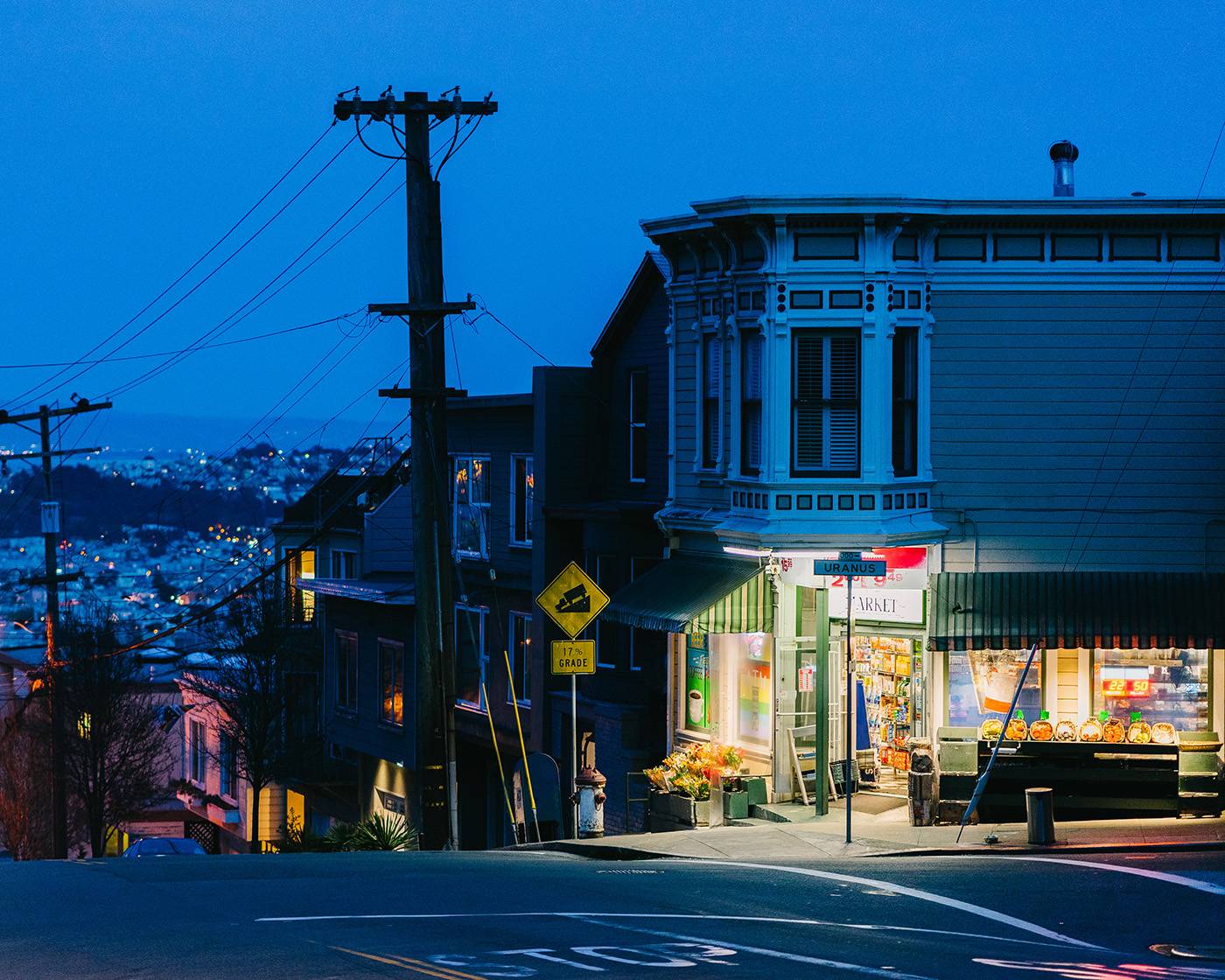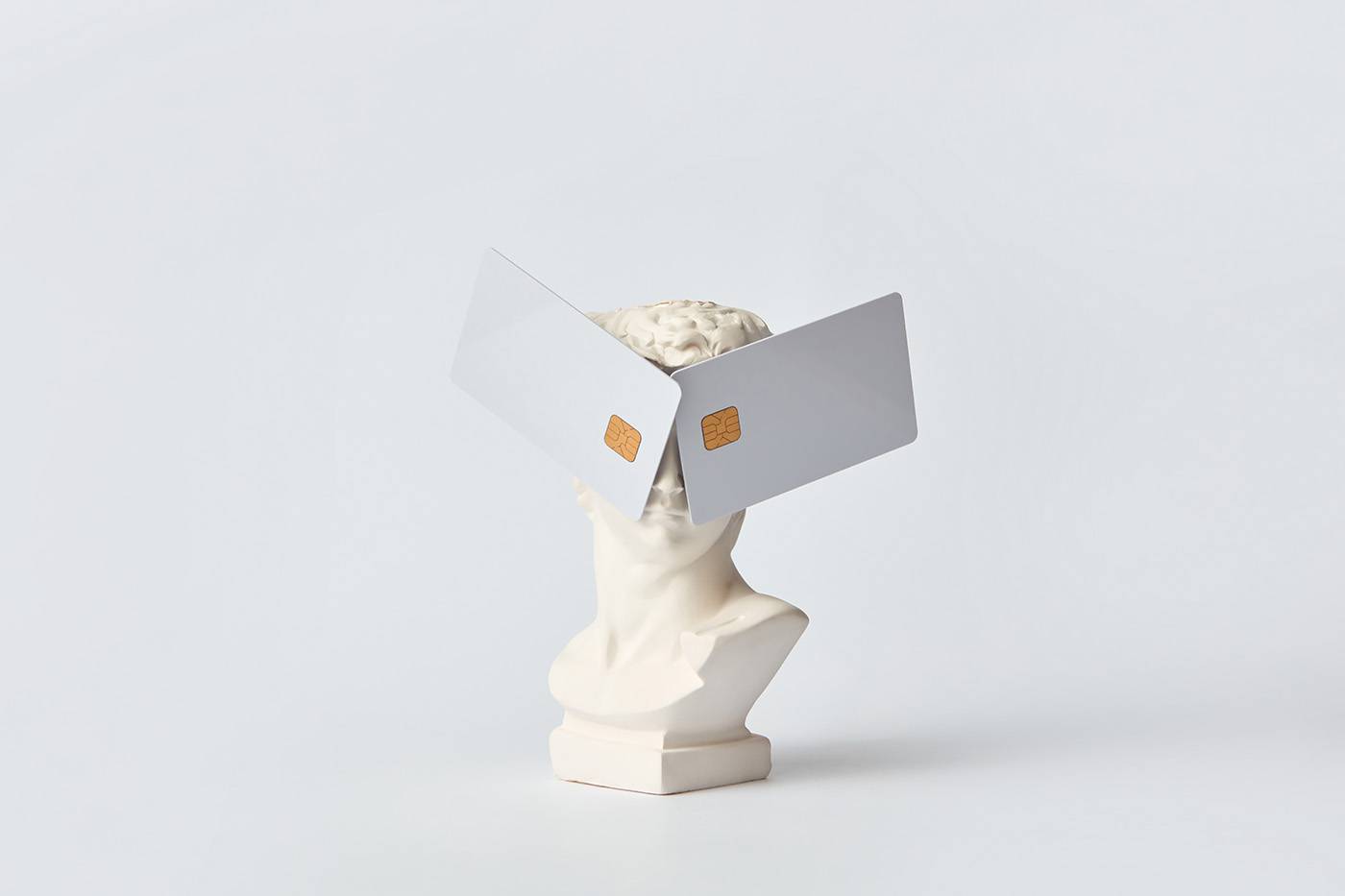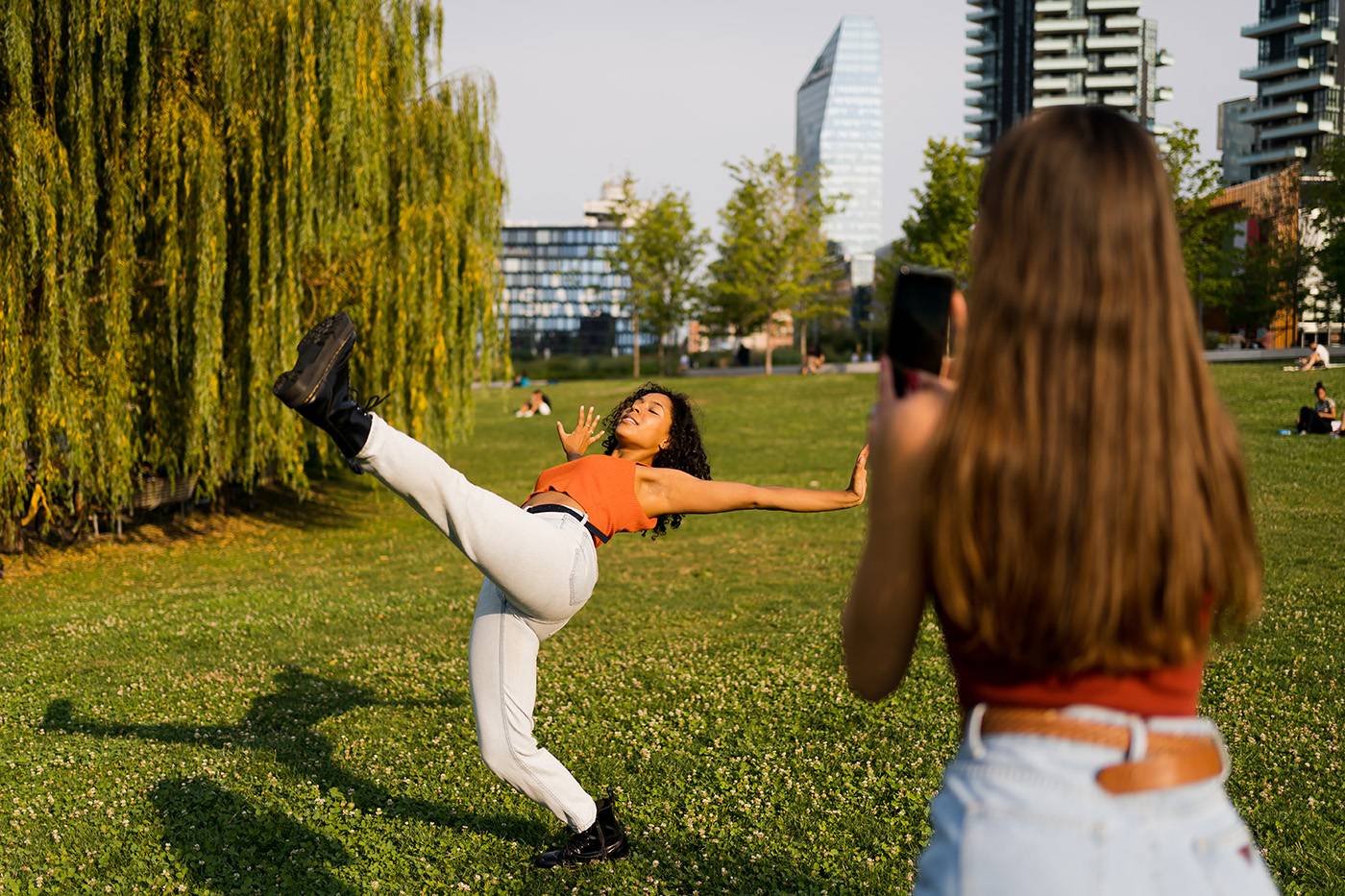Shooting stock footage on film can feel like an ordeal. It’s expensive, unpredictable and takes up tonnes of space in your bag. On top of that, the results of your shoot are a total mystery while on site.
These days we have pocket-sized cameras with full frame sensors. They can shoot high-speed 4k video onto microscopic SD cards. You can upload your shoot to your laptop immediately. You can color grade in the field and upload in an instant for client or director review. So, what’s the point?
The point is the unequaled reward you can only get from shooting film. The patience and discipline required is part of what makes it worthwhile. You’re forced to think about what you’re doing every step of the way — always considering your frame and composition before sending any dollars sailing through that analog shutter.
Though the reward comes with challenges, when you see your vision come to life on a projector or 4k monitor, it’s like magic. Watching your creation moving through specs of silver in gelatin like some sort of beautiful illusion is a feeling digital can never give you.
You will make mistakes along the way and may feel at some point like you’ve wasted your time and money. But time spent learning new avenues within your craft is never wasted. And money — let’s see if we can give you a few pointers to help with that.
Check out our footage on film gallery here >>
Start with Super 8 stock footage
Super 8 film has been around since the 1960s and was the first of its kind to have a pre-loaded interchangeable cartridge. It was a total game changer and is how families across the world were first able to capture home movies without any fuss.
The format is alive and well today. And with the development of high-quality scanners, Super 8 film has never looked better.
Introduced in 1979, Canon’s 1014 XL-S was their last professional Super 8 camera and is still considered one of the best ever made. With a fast f/1.4 lens, 10x optical zoom, digital timing circuit, and crystal clear split-image focusing, it is hands-down the most comfortable and modern feeling Super 8 camera around.
A nice bonus — the 1014 allows for automatic or manual control. So, if you feel like shooting your next short stock footage film or grabbing some candid memories on the fly, Canon’s last-best-Super 8-around might be the film intro you’re looking for.
Get framed
Because film footage has a 4:3 aspect ratio, you’re going to end up with black bars on the left and right of your frame when viewed on any sort of modern TV.
Even clients interested in an analog look will likely want to crop your footage to fit a 16:9 widescreen frame. So you’re going to want to shoot everything a little wider to allow for adjustments post-production.
You can make modifications to both Super8 and 16mm cameras so they can shoot 16:9 — but it will involve an expensive conversion. Pro8mm offers a pre-modified “Max8” version of the Canon 1014 for $2,995 USD. Modified 16mm Bolex cameras typically show up on eBay for around the same price.
Graduate to double digits: 16MM stock footage
If you already have some experience and are brave enough to load your own film and meter exposures, 16mm might be your next move.
Shooting 16mm film is a little more hands-on than the plug-and-play simplicity offered by the Super 8 cartridge. But the difference is a significant jump in resolution and quality.
Introduced in the 1920s as a cheaper alternative to 35mm film stock, 16mm became the standard for amateur documentary and news crew filmmakers for over 50 years.
Bolex was often the intro camera for students and documentary pioneers like D.A. Pennebaker or Richard Proenneke. Early models — until the early 1970’s — ran without batteries. Instead, a clockwork system of springs and gears powered them so you could only get 45 seconds or less of shooting time before the camera needed to be wound again. So, compared to the 60s and 70s, shooting 16mm is a breeze.
Like Super 8, 16mm is still in use today. Its charm is undeniable and many modern films are shot on 16mm — 2015’s Oscar-nominated, Carol and Jonah Hill’s 2018 directorial debut Mid90s to name a couple. Under the right conditions, with good lighting and quality lenses, 16mm can give you a professional look with a much cheaper price tag than the newest RED or ALEXA camera.
Develop with the trusted few
If you stumble on some old rolls of Super 8 in your grandma’s attic, you can take them to a local “Transfer Your Old Home Movies to DVD” chop shop. But your results will be less than impressive. Nobody uses DVDs anymore anyway.
If you’ve already spent the time, effort and money to shoot film, you owe it to yourself to have it developed and scanned by people who will treat your film with the love and care it deserves. Here are the three businesses doing it the best:
Shooting film may not be for the gearheads obsessed with megapixel counts, sensor read speeds and full frame 1,000fps RED Weapon Dragon Destroyer cameras. But the argument doesn’t need to be dogmatic or religious either.
In its simplicity, film affords the artist another tool in their toolkit, another medium to paint or sculpt their vision.
Yes, shooting film stock footage is taxing when compared to the convenience we’re used to. But for those brave and patient souls willing to take a chance, the natural grain and analog mystique of the celluloid medium makes it more than worthwhile.
See the vintage video gallery for more footage on film inspiration here >>
Stocksy is a royalty-free stock media agency specialized in conceptual and authentic visuals that capture the modern world. We are committed to enabling the entire creative class to execute — without compromise — meaningful, forward-thinking work that drives social progress.







